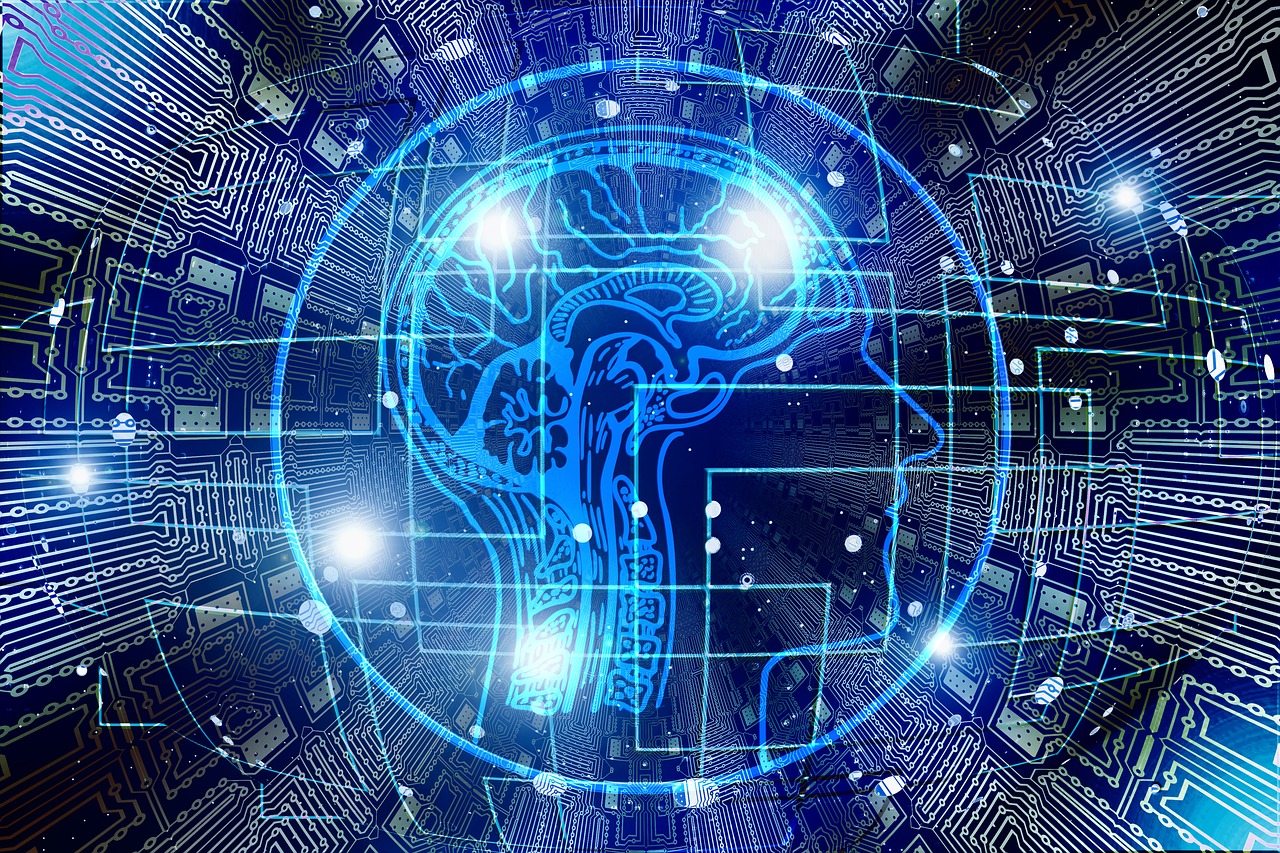Neuralink rival Synchron syncs Apple Vision Pro to paralyzed patient’s thoughts

By Aman Tripathi Reprint from Interesting Engineering
There are a lot of promising developments in the realm of neurotechnology. Big names in the brain-computer interface (BCI) industry, like Neuralink and Synchron, have shown decent progress.
In the most recent demonstration, Synchron has effectively enabled a person with amyotrophic lateral sclerosis (ALS) – a debilitating neurodegenerative disease often called Lou Gehrig’s Disease – to regulate the Apple Vision Pro headset purely with his thoughts. This achievement marks the first time the Vision Pro has been controlled using a BCI, opening up new possibilities for individuals with paralysis or limited mobility.
Mark, the 64-year-old patient, experiences paralysis and has lost the use of his upper limbs.
However, with Synchron’s state-of-the-art BCI implant, he can now seamlessly navigate and interact with the Apple Vision Pro’s interface, play games, watch videos, and even send text messages using only his brain signals.
“This is pretty cool, I’ve been wanting to try this for a while now,” Mark noted. “It’s like watching it in the theater, it really comes to life.”
Bridge between brain and machine
While BCI has been used previously for different tasks, this is the first time that it has been utilized to control the Vision Pro, an immersive device blending digital content with the real world.
“Vision Pro is a powerful system, but it relies on the use of hand gestures to exert control over the UI. We are sending control signals directly from the brain to replace the need for hand gestures,” explained Tom Oxley, CEO & Founder, Synchron.
Synchron’s BCI technology serves as a bridge between the human brain and digital devices. The implant is positioned on the motor cortex’s surface through a minimally invasive procedure.
“Once implanted, it is designed to detect and wirelessly transmit motor intent out of the brain, intended to restore the capability for severely paralyzed people to control personal devices with hands-free point-and-click,” explained the company through its press release.
These decoded signals are then translated into commands that control the Vision Pro. It allows Mark to operate the Vision Pro with remarkable ease.
A beacon of hope
“We are moving towards a new Bluetooth standard for Human Computer Interactions that don’t require touch or speech. This is a critical unmet need for millions of people with paralysis,” said Oxley.
People with disabilities can now engage with technology, communicate with loved ones, and explore the digital realm with their own thoughts.
“Using this type of enhanced reality is so impactful and I can imagine it would be for others in my position or others who have lost the ability to engage in their day-to-day life,” Mark highlighted.
“It can transport you to places you never thought you’d see or experience again.”
This groundbreaking achievement not only demonstrates the rapid progress being made in neurotechnology but also serves as a beacon of hope for those living with paralysis.
ABOUT THE EDITOR
Aman Tripathi An active and versatile journalist and news editor. He has covered regular and breaking news for several leading publications and news media, including The Hindu, Economic Times, Tomorrow Makers, and many more. Aman holds expertise in politics, travel, and tech news, especially in AI, advanced algorithms, and blockchain, with a strong curiosity about all things that fall under science and tech.

